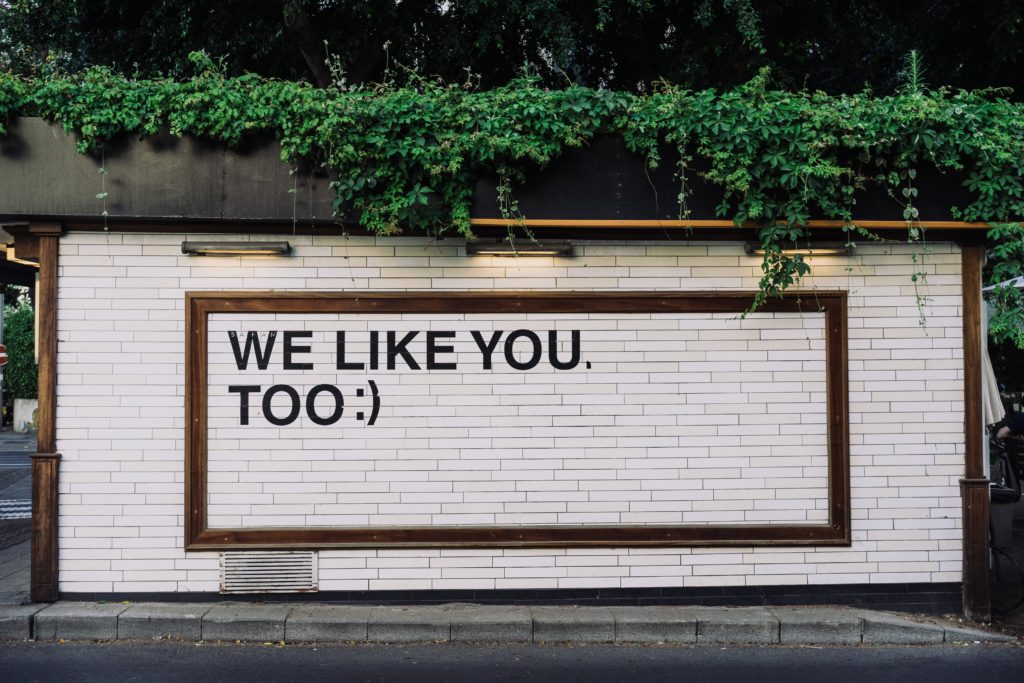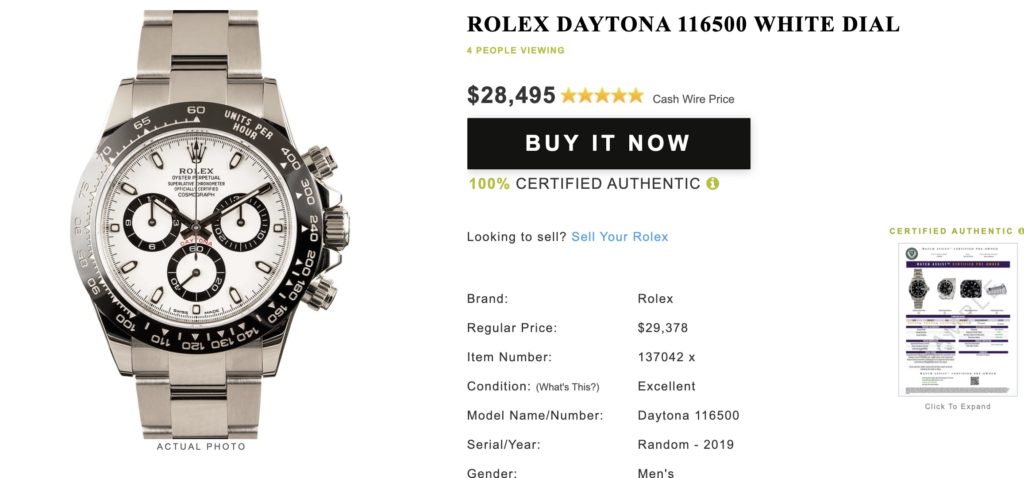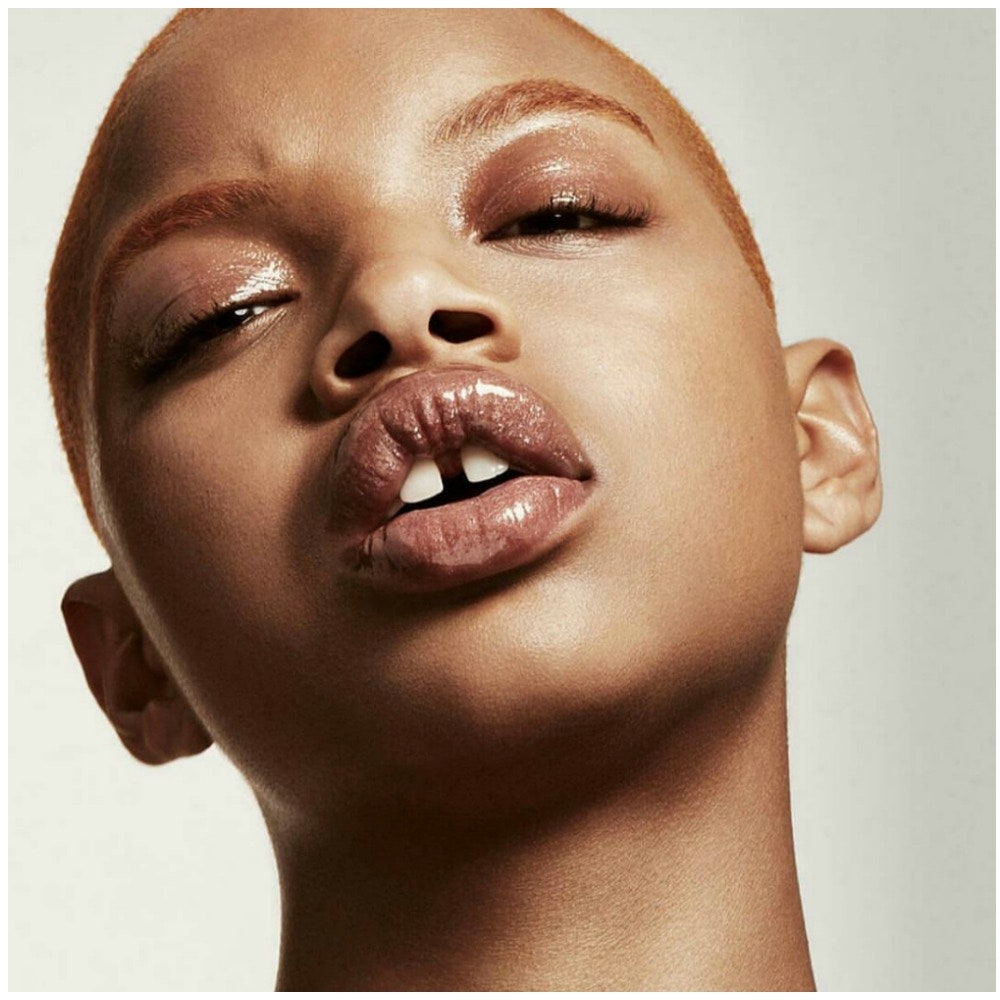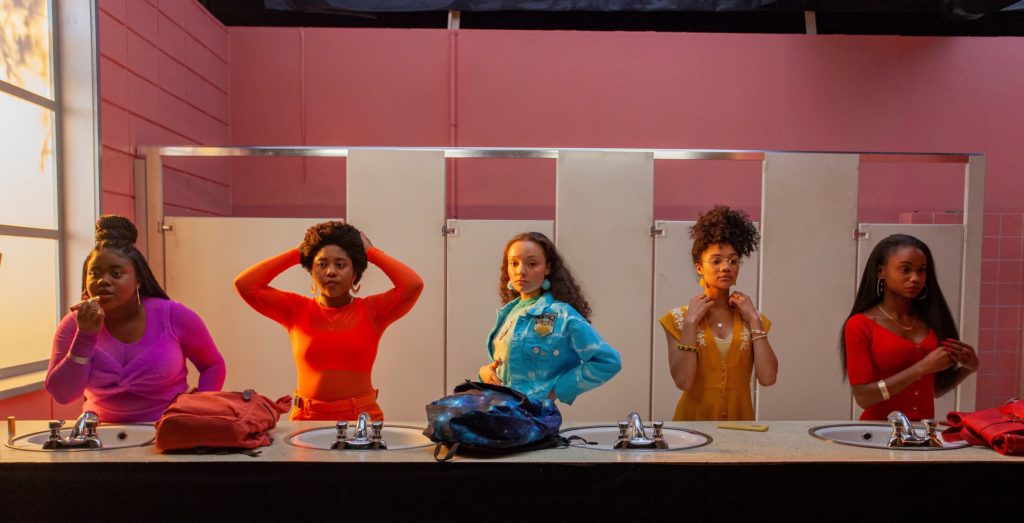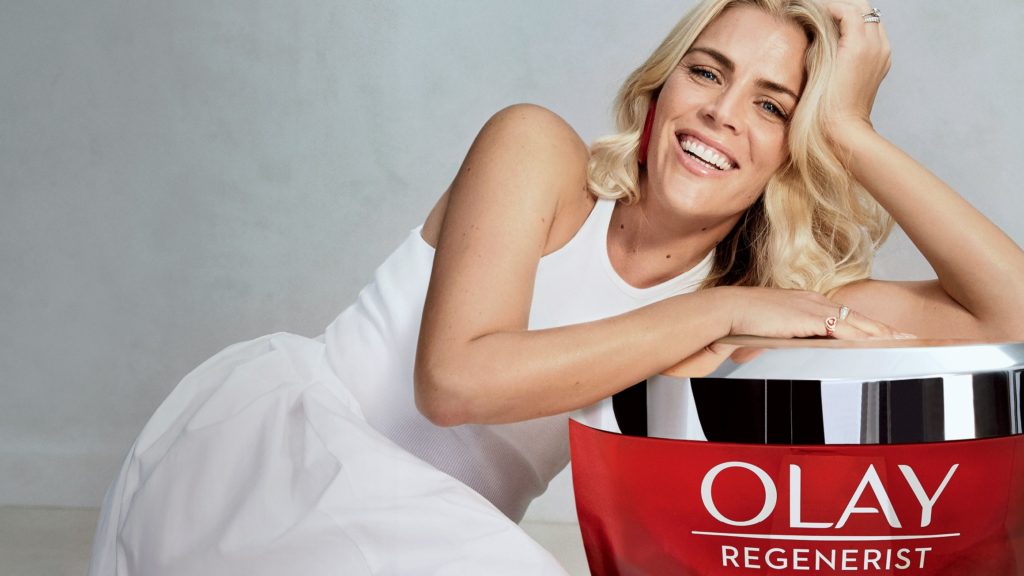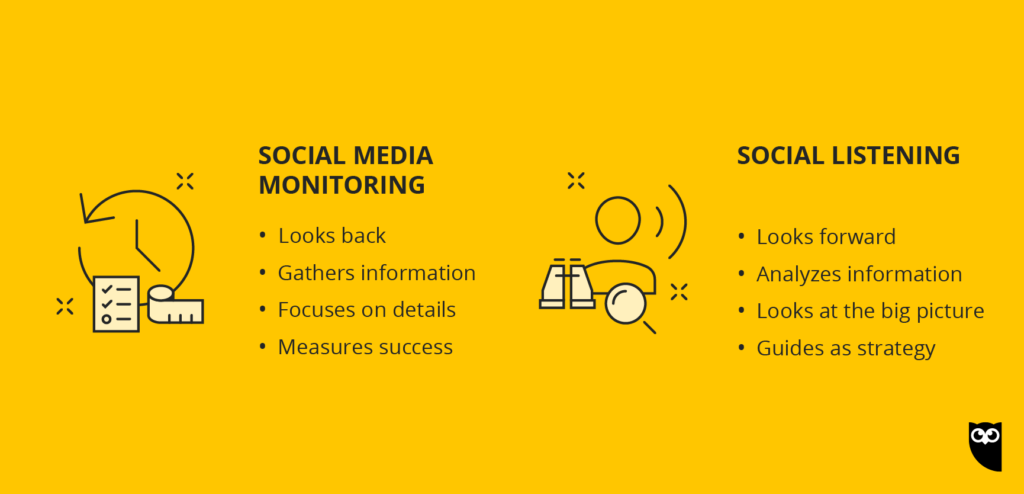Let Paris Host the Next Summer Olympics, Los Angeles Can Wait
The International Olympic Committee has decided on the next three host cities for the Summer Olympic Games. Tokyo, Japan for 2020 (After a long-awaited year, events will be played starting today, July 23rd to August 8th, 2021 due to the COVID-19 global pandemic); Paris, France for 2024; and Los Angeles for 2028. This order of host cities is most sensible, as it gives us time here in California and throughout the country, to resuscitate our economy. How can the United States use the 2028 Summer Olympic Games in Los Angeles to re-stabilize the economy, which was eroded during the 2020 worldwide coronavirus epidemic?
With the abundance of infrastructure that is needed to create a full Olympic Village, it is highly taxing on the economy of the host state and country, because of all the new venues that may need to be built for certain sporting events. In many cases, these stadiums and arenas are specifically built for Olympic events and are rarely used again. However, constructing and maintaining these sites is what causes an immediate influx of state funds.
Revisiting some of the economic devastations of previous Olympic host cities, the financial damages these countries have experienced are apparent. Dating back to the 2008 Summer Olympic Games in Beijing, China, the unique architectural construction projects were a visual highlight. Constructing the inimitably designed Bird’s Nest track & field stadium, with an additional 37 arenas for the 28 different sports, started shortly after the July 2001 announcement of China’s winning bid to host the Olympics, giving them ample preparation time of seven years. Tallying city refurbishing expenses, there were 23 roads with high-tech traffic control systems in and around the Olympic sites which required renovations, totaling $2 billion USD, and a total Olympic Games investment of $40 billion.
Similarly, the 2016 Summer Olympic Games in Rio De Janeiro, Brazil left a long-lasting impact of financial loss on the country, amidst an already deep recession, presidential impeachment, and political corruption scandal. The $15 billion investment for hosting the Olympics was meant to be a coming-out party for Brazil, propelling the nation’s emergence as a sport global superpower. Rather, it devastated their economy, lowing the stock values of publicly trades corporations who helped finance the Olympic Games, and eliminating many privately owned businesses.
Although American bidders were adamant about returning the Summer Olympic Games back to United States soil at the earliest convenience for 2024, it is in the best interest of the country’s economic stance to remain in rebuilding mode for the time being. Due to the unprecedented spread of coronavirus, an extra slot of time is exactly what is needed, allowing California to regain its footing after a Great Depression-like economic drain. With an excess in tourism, the 2028 Summer Olympic Games will attract to Los Angeles; California will gain a surplus of the return on investment, surpassing what our country would have made in revenue had the Olympic Games been four summers earlier. In this case, being last in line gives us first priority at a more structured time. With the City of Angels being assigned this momentous task, we can be assured the country is being represented in good hands at an elite location.
As Paris is taking the second of the three near-future Summer Olympic Games, organizers will need to start modeling designs and constructing sites for the upcoming global sports event immediately. Simultaneously, this allows the state of California to have the necessary allotted amount of time in recovering from this COVID-19 crisis to revitalize the economy, prior to a large state governed spending spree. Having an eight-year gap is plenty of time for any financial and economic mishaps to recuperate and public spending to be normalized, rather than to adhere to steady pressures from the International Olympic Committee in an inopportune situation. Although we will not host the Olympic Games for nearly another decade, when we do, our finances, infrastructures, and abilities will be much more prepared, polished, and enabled. If a country like China, which is the global leader by leaps and bounds in exporting goods, had trouble revamping its economy; it is in the best interest for even the city which is the cinematic leader of the world, to hold off on hosting the largest sporting extravaganza on the globe. That isn’t to say that the Olympic torch won’t be welcomed with open arms when it does return to its rightful place, atop of the University of Southern California’s Los Angeles Memorial Coliseum where the flames, aided with some oil, will fly just as high as the American economy, aided with a long-awaited, but rightly timed Olympic host city. From one fashion mainland to the other, Paris handing off the baton to Los Angeles will surely bring home the gold medal.





